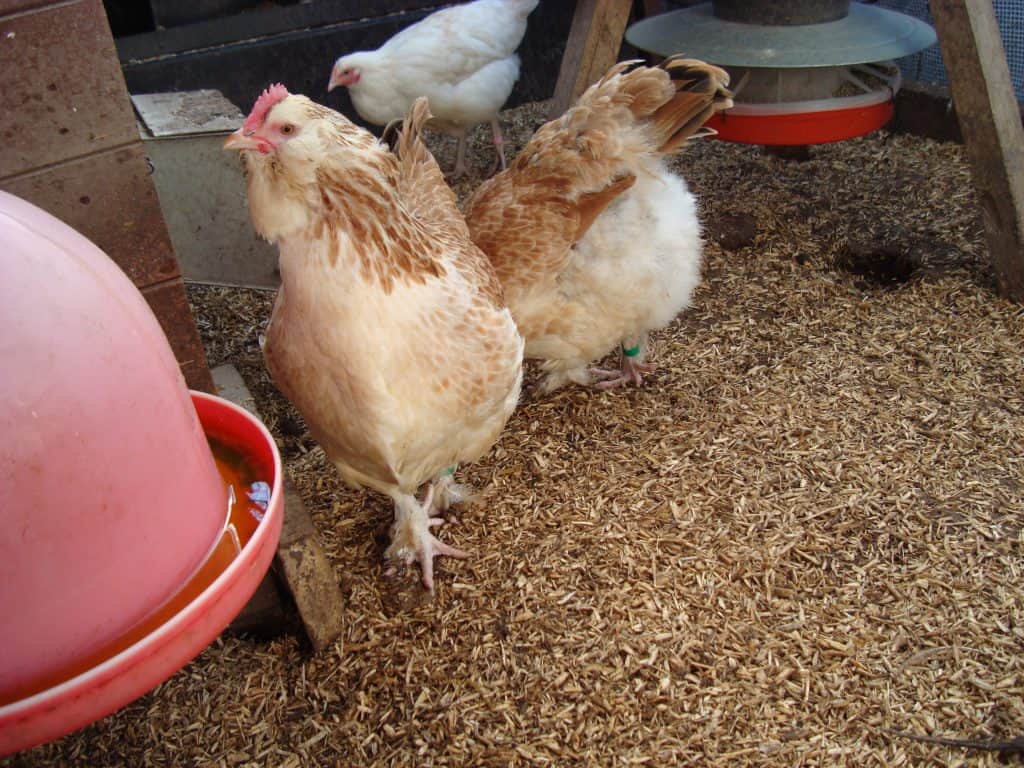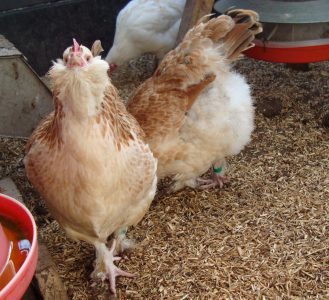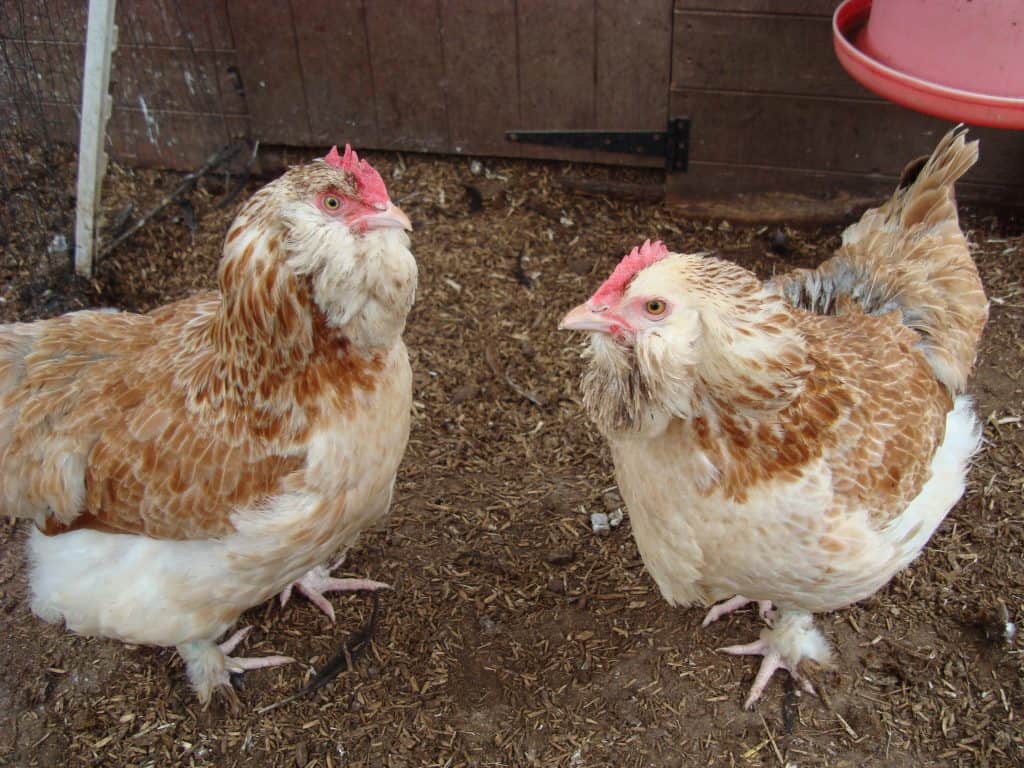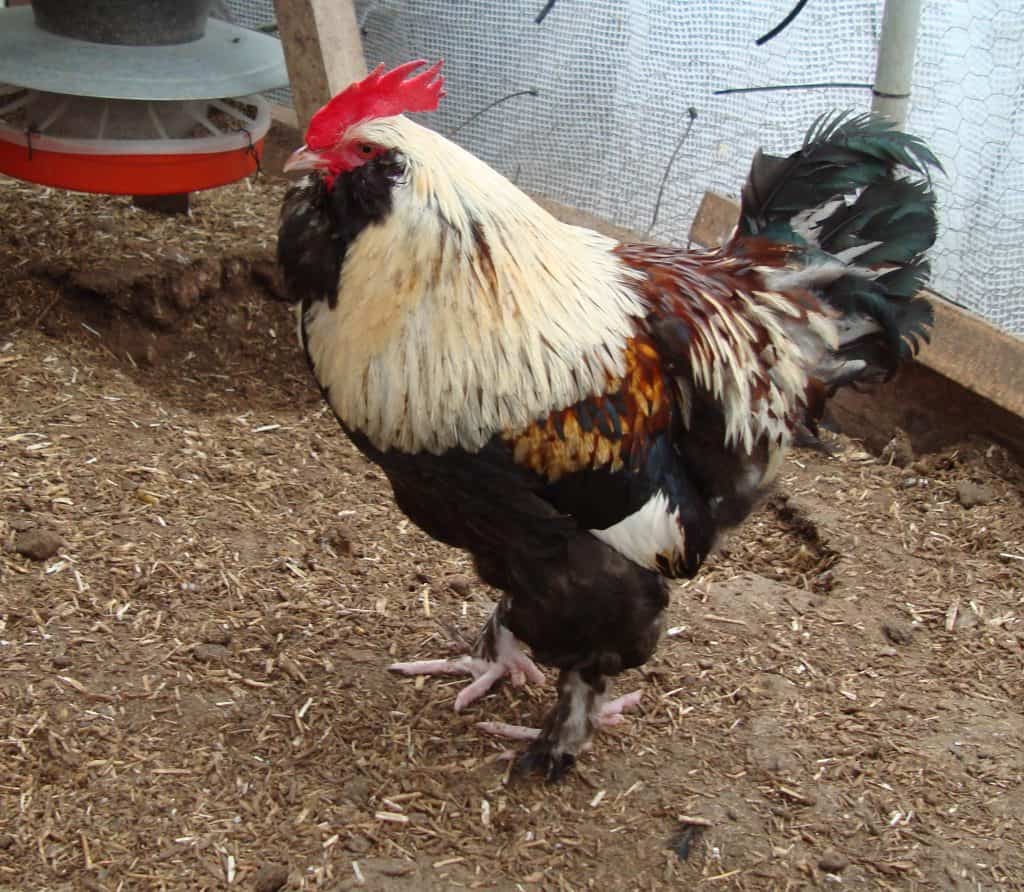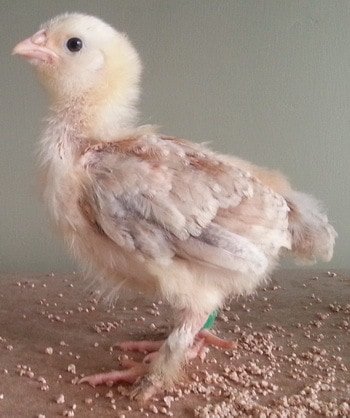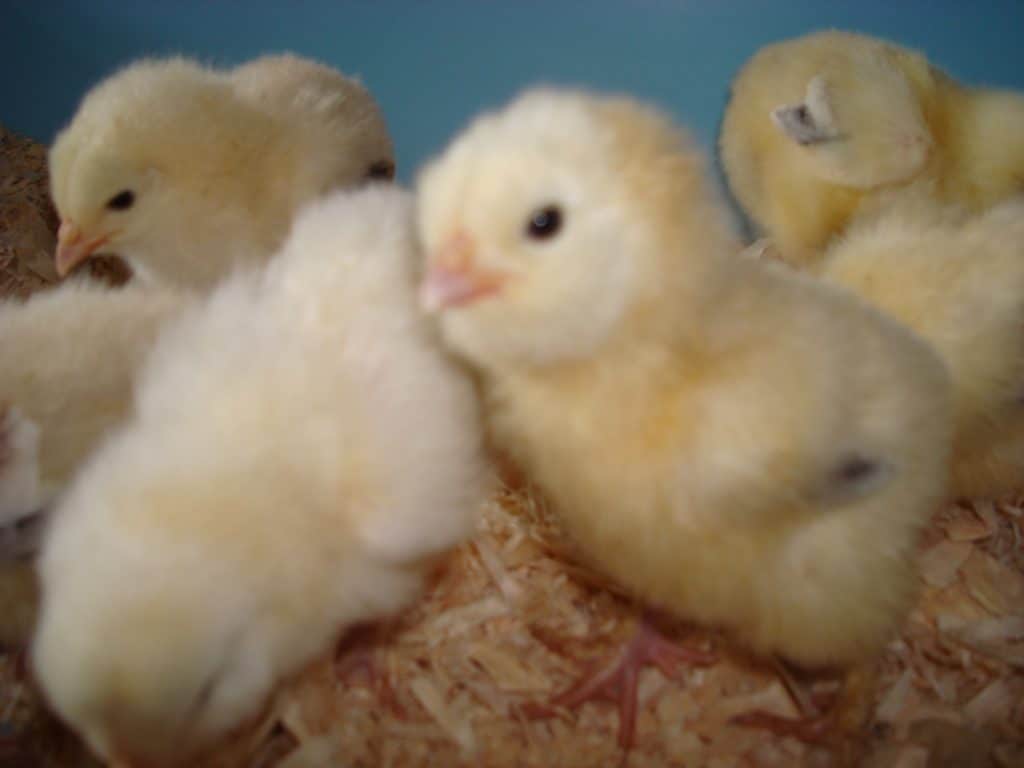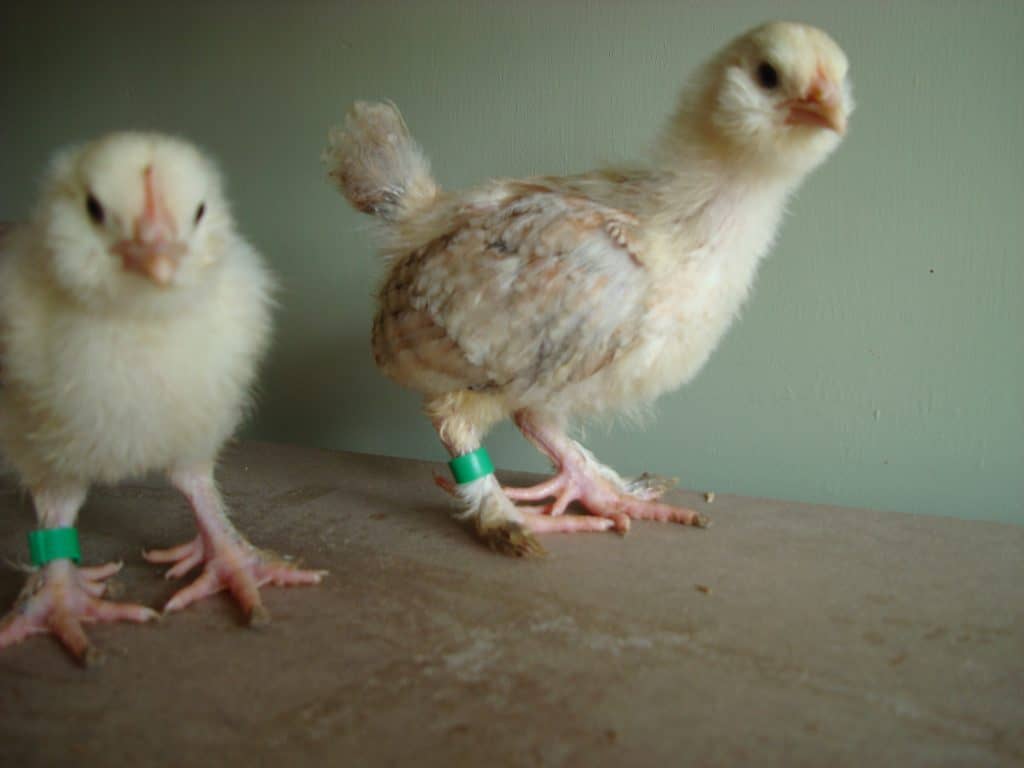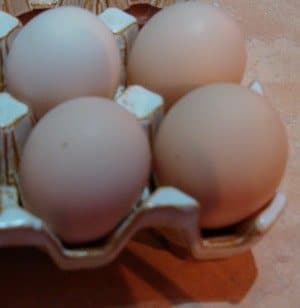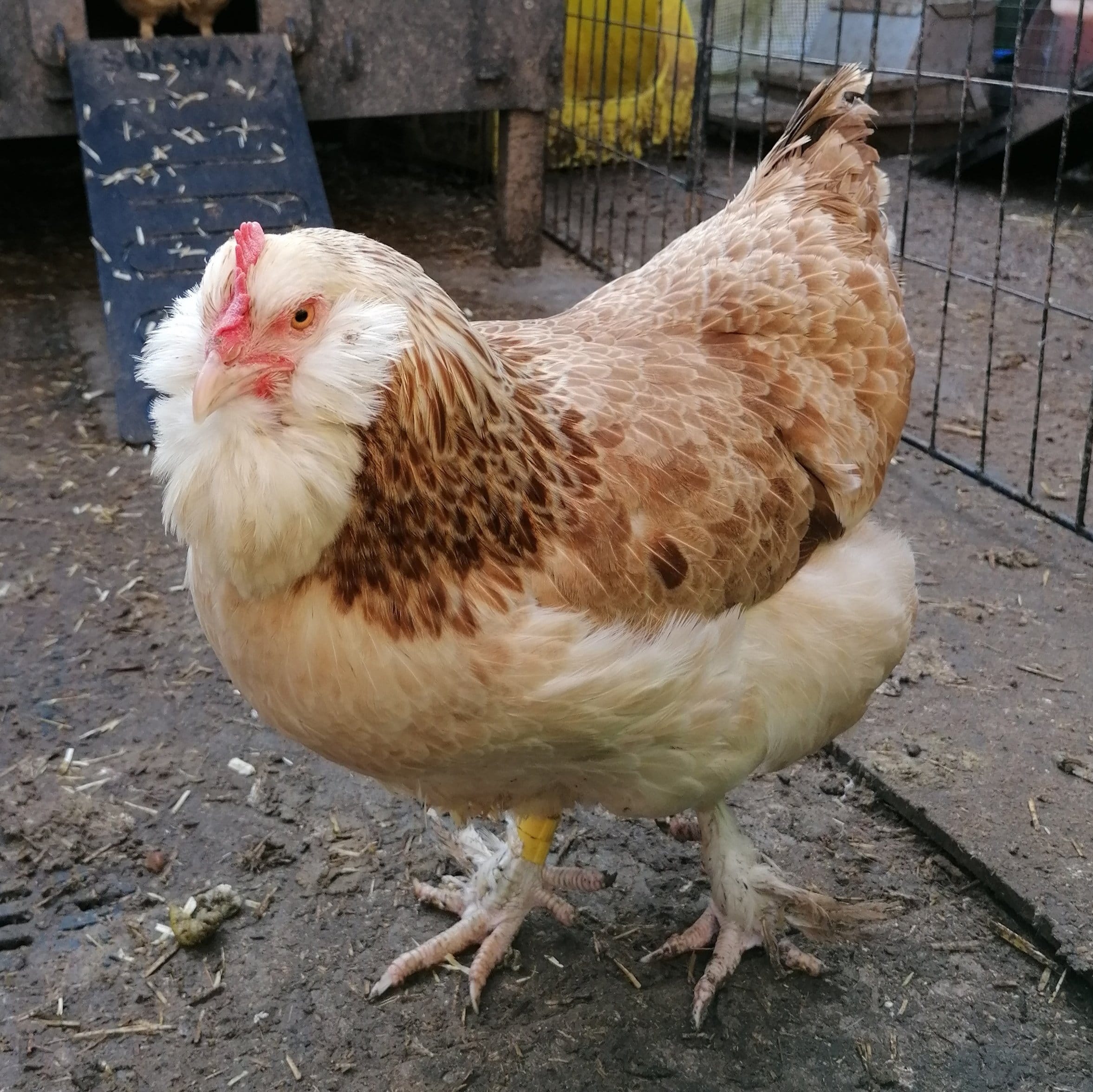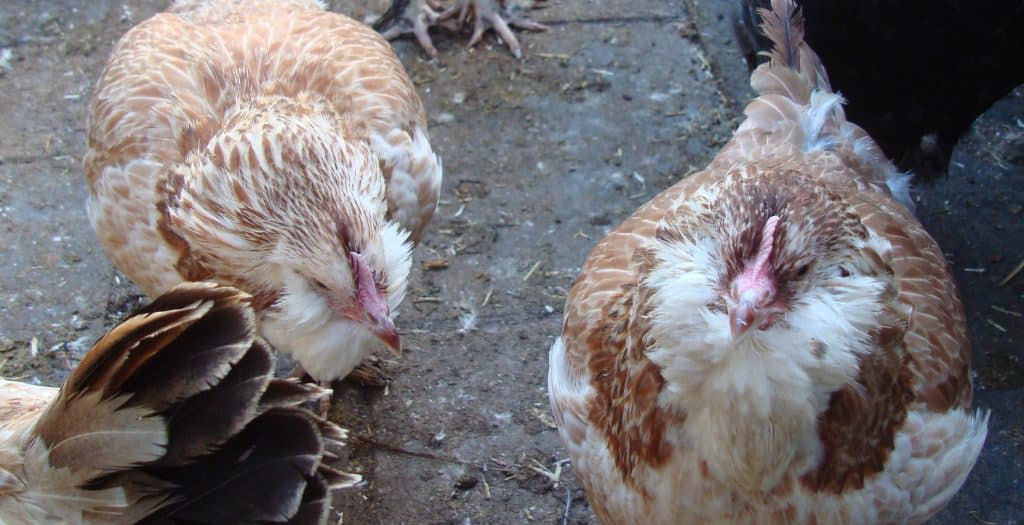The Salmon Faverolles Chicken is one of our favourites
The Salmon Faverolles is quite an unusual chicken. They have a lot of facial fluff (a muff and a beard to be precise) making their little choochy faces look so sweet. We keep the large fowl version but there is also a bantam variety which is a quarter of the size. They also come in a non-standard colour of Blue Salmon that is very hard to source as it’s not as popular as the Salmon. If ever we got tired of breeding chickens, then we would find it very difficult to stop keeping the Faverolles.
The Faverolles name is always prone to confusion. It is pronounced Fav-er-ol, but always spelled Faverolles. We do find that many people use the following spellings for this wonderful chicken. Favorell, Faverell, Favourel, Faverels and many other variations of the name. All of which are incorrect. If you visit a breeder who misspells the name, then they are unlikely to know a good breed standard from a bad one. We recommend you avoid these as there are unfortunately a lot of poor quality birds around.
Salmon Faverolles Breed Description
The Faverolles is originally a French chicken from the vicinity of the towns of Houdan and Faverolles in north-central France. This is how the breed got its name. A Faverolles chicken is always written in the plural – never singular – and pronounced Fav-er-ol as it’s French you know!! Cochins, Houdans and Dorkings were used in its chicken breeding ancestry. The Faverolles became one of the most important egg-producing utility fowl in the north-central region of France.
Faverolles reached the UK in 1886, but then the British developed it further to meet British hen breeder tastes. British breeders developed a slightly different type with tail feathers that were longer and raised higher than their German and French Cousins. This new type Faverolles chicken therefore went on to become the accepted exhibition standard in the UK. German and French poultry fanciers work to a slightly different standard as per their own tastes.
They are a dual purpose breed because they are good for both meat and eggs.
One of the things that makes a Faverolles stand out is the muff and beard and the fact that they have a fifth toe that curiously points up in the air, whereas most chickens have four toes. This breed has feathery legs and feet so therefore is not suitable for living on continually squishy muddy ground.
Other Colour Variations
We have Faverolles in Salmon, Blue Salmon and some in mottled black and white. There are a number of dedicated UK breeders who are trying to breed the Faverolles in different colours. Apparently it used to have a few colour variations in its history but they have been lost over time as they became less popular. A number of project colours in the pipeline with these breeders, is Ermine, Blue and Black. Ermine is a similar colour to a Light Sussex which is also known as a columbian pattern. This translates to black around the neck hackles and a black tip to the tail. The rest of the body being white.
Male Salmon Faverolles are ideally a dark mahogany colour over the back of the wings. The front is black. Their beard and muff should be as dark as possible or black. The male Blue Salmon Faverolles has a dark back and blue front. Both Salmon and blue Salmon have the straw coloured neck hackles with a very small thumbprint by the ear or preferably none at all. It is easy to determine the sex at 2-4 weeks of age because the boys start to show dark feathers early on. The Blue Salmon is not yet recognised as an official colour by the breed club as its still quite new.
Faverolles hens love to over preen the beards and saddle of cockerels so the males are often seen with missing or broken feathers in these areas.
Breed Temperament
They are a very inquisitive and chatty bird and always on the lookout for when the treats are handed out. Despite being a large bird, they have quite a timid nature so consequently, can get bullied if they are in with chickens that have more attitude. Males are beautiful and calm so consequently shredded wellies are a very rare hazard.
Breed Size
These chickens are classed as Large Fowl – Heavy
Eggs
Faverolles can make good winter layers and are very hardy. Moulting time will stop them laying if that coincides with winter.
They lay a very good number of medium-sized, tinted pale cream or pinkish eggs.
